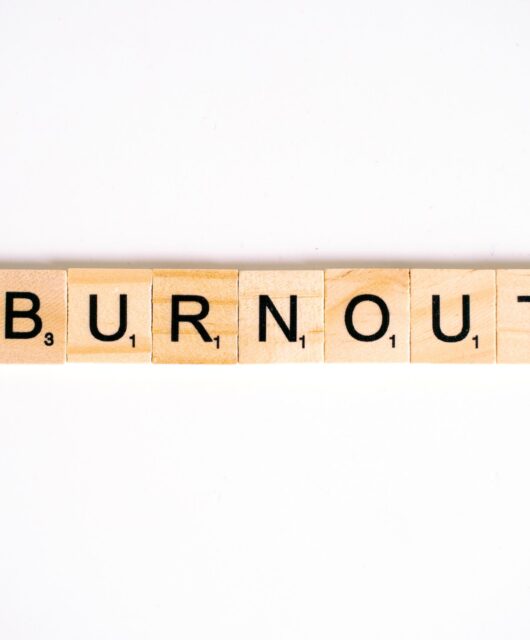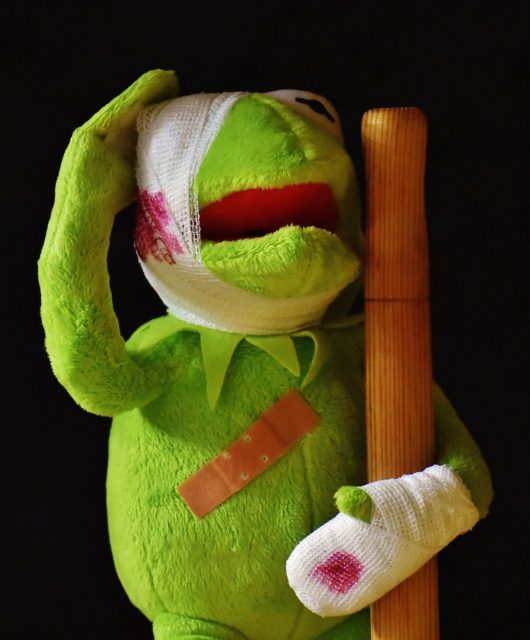Building Stronger Bones: 3 Tips For Healthy Kids

Most people associate bone loss with senior citizens. In fact, we reach peak bone density around age 30 and from there it’s all decline. That means to prevent broken bones in old age, we need to start young, emphasizing bone health in our children. And lifelong strong bones require more than just the occasional calcium supplement or glass of milk.
In addition to calcium, there are numerous other factors that contribute to proper bone development, including both nutritional and mechanical factors. As your children grow, here are 3 factors you should emphasize to help them stay strong.
Calcium And Vitamin D: The Perfect Pair
Everyone knows that calcium is important for strong bones, but on its own calcium is insufficient for bone strength. Rather, calcium can only be properly absorbed by the body when consumed in conjunction with vitamin D. During infancy, most breast fed babies are prescribed a vitamin D supplement to make sure they can make proper use of the calcium. Older children can benefit from vitamin D fortified milk, cheese, and fatty fish like tuna and mackerel to balance out their calcium consumption.
Vitamin K: For Structural Support
In order to build bone, our bodies create a scaffolding of collagen and proteins and then fill that scaffold with minerals like calcium and magnesium, but in order to bind the minerals together, the body needs to activate a sticky substance called osteocalcin. Insufficient osteocalcin has been identified as a factor in bone breaks and can be linked to a lack of vitamin K during bone formation.
Vitamin K is found in many of the same foods as vitamin D, which is a boon to parents of picky eaters. Leafy greens like kale, spinach, and Brussels sprouts are all loaded with vitamin K, though fermented dairy products like yogurt or cheese are often an easier sell with kids.
Exercise: The Fitness Factor
Finally, kids can’t build strong bones without exercise, but it’s important to choose the right types of activities. For example, moderate impact activities like jumping and running are key to stimulating bone growth, but there’s one type of jumping that should be avoided – trampolines.
Though kids love trampolines, they’re responsible for one million emergency room visits in the United States each year, many of which are due to fractures. Young children are especially vulnerable to injury on trampolines since their bones aren’t yet strong enough to tolerate that level of impact, outside of supervised gymnastics training.
Ideally, young children should run, jump rope, or hike and should also participate in stretching and strengthening activities like climbing, yoga, dance, or martial arts. All of the core fitness activities for bone development can really be accomplished on your average playground, meaning that lettings kids run around with their friends can cover the complete spectrum of bone development exercises.
Building strong bones isn’t difficult, but as kids spend more of their time in the classroom or at scheduled activities, they miss out on vital developmental activities. It’s time to let kids be kids, to let them run around in the sun – where they’ll absorb plenty of vitamin D – and explore the world around them. Coupled with a balanced diet, traditional childhood activities will foster strong bones to last your child a lifetime.









